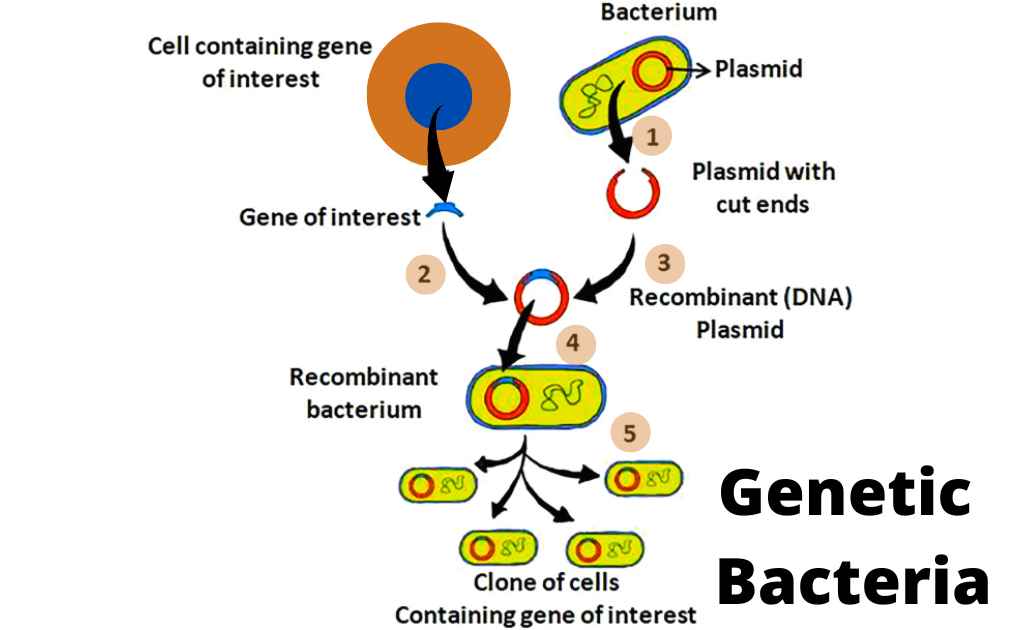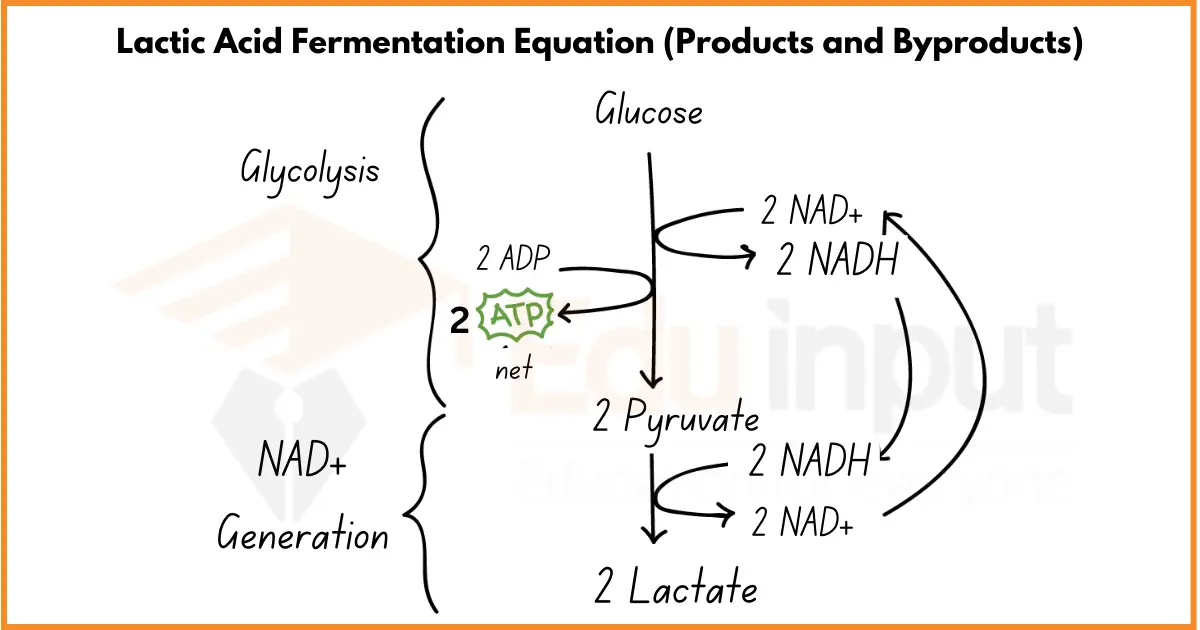When Does Fermentation Takes Place In Your Muscle Cells?
When humans need a lot of energy quickly, such as when sprinting full speed, our muscles undergo lactic acid fermentation. This is because our cells only have enough ATP stored to last for a few seconds. Once the stored ATP is used up, our muscles start producing ATP through lactic acid fermentation.
Fermentation takes place in your muscle cells when they do not have enough oxygen to produce energy through aerobic respiration. This can happen during strenuous exercise, when your muscles are working so hard that they need more oxygen than they can get.
During aerobic respiration, glucose is broken down in the presence of oxygen to produce ATP, which is the body’s main source of energy.
However, when there is not enough oxygen, glucose is broken down in a different way, called lactic acid fermentation. Lactic acid fermentation produces lactic acid as a byproduct, which can cause muscle fatigue and soreness.
The amount of lactic acid that builds up in your muscles depends on the intensity and duration of exercise. Short, high-intensity exercises, such as sprinting, can cause a buildup of lactic acid, but the lactic acid will be cleared away quickly once you stop exercising.
Longer, lower-intensity exercises, such as running, can also cause a buildup of lactic acid, but the lactic acid will take longer to clear away.






Leave a Reply